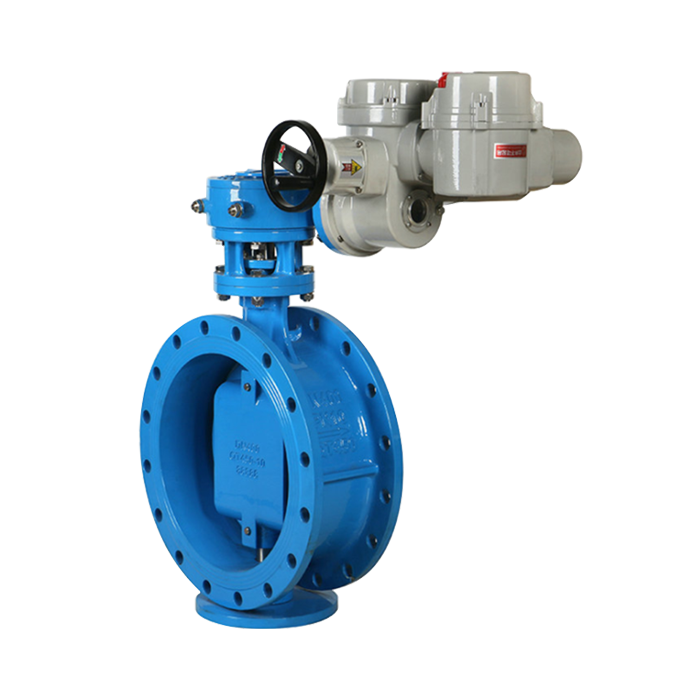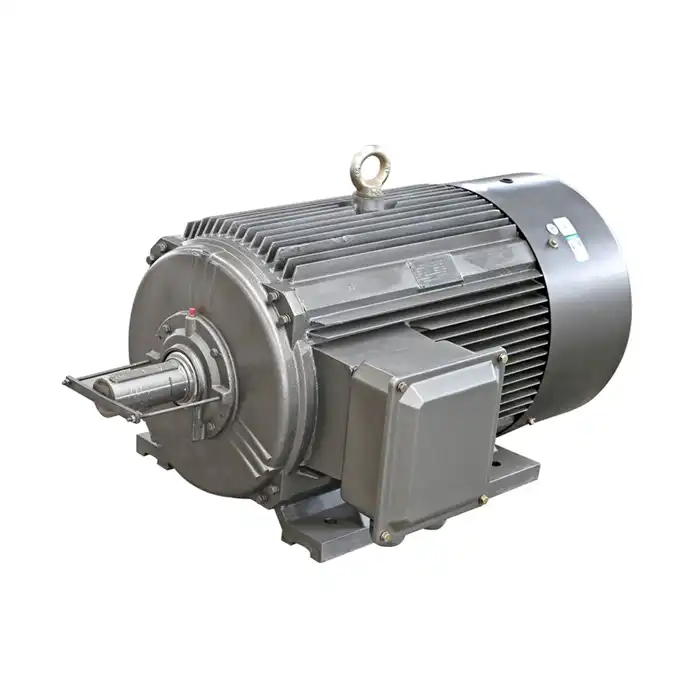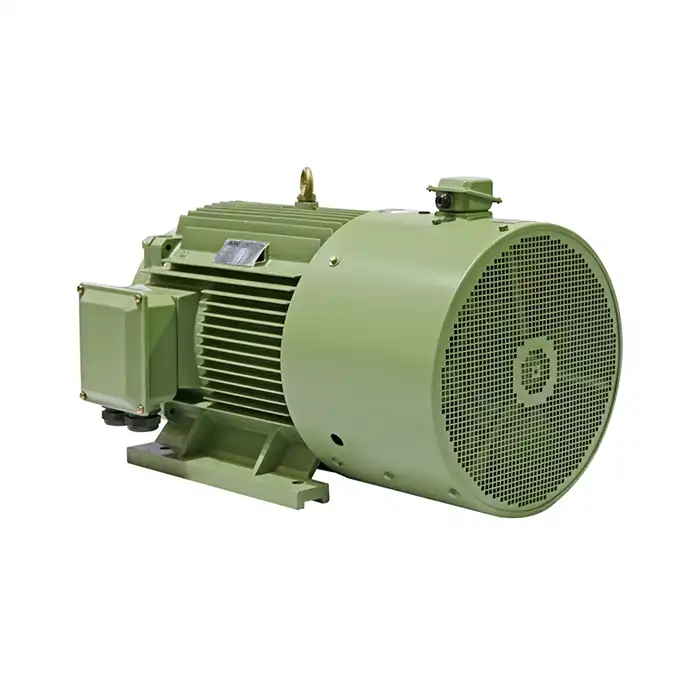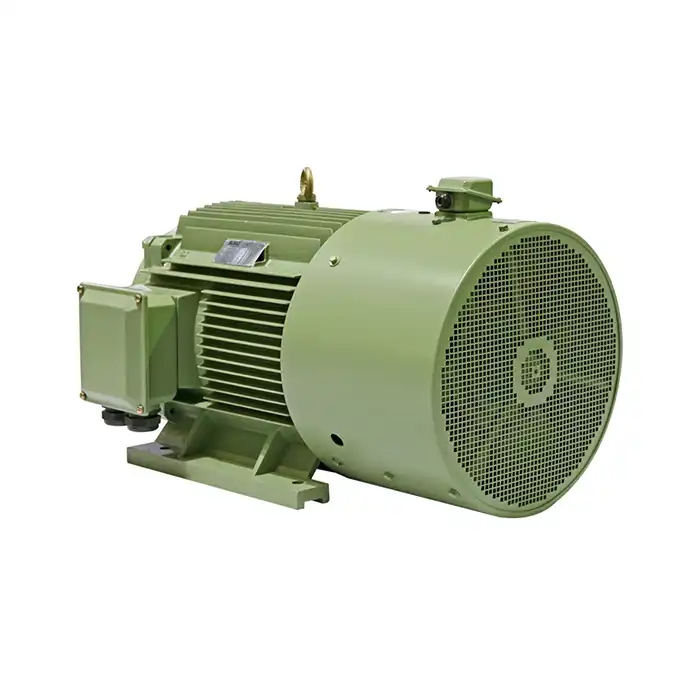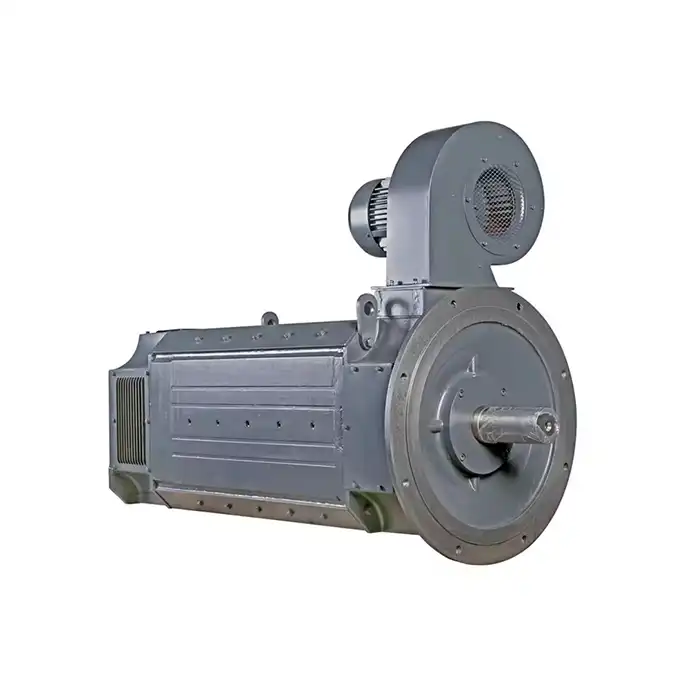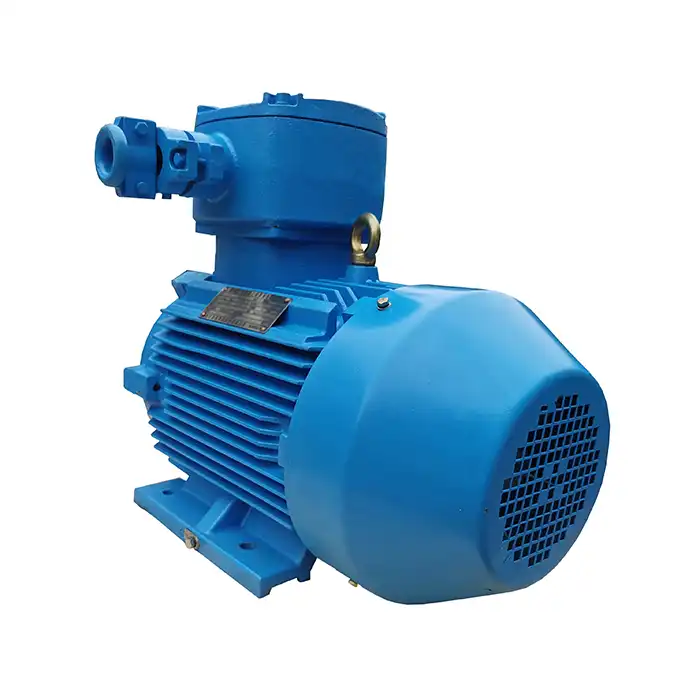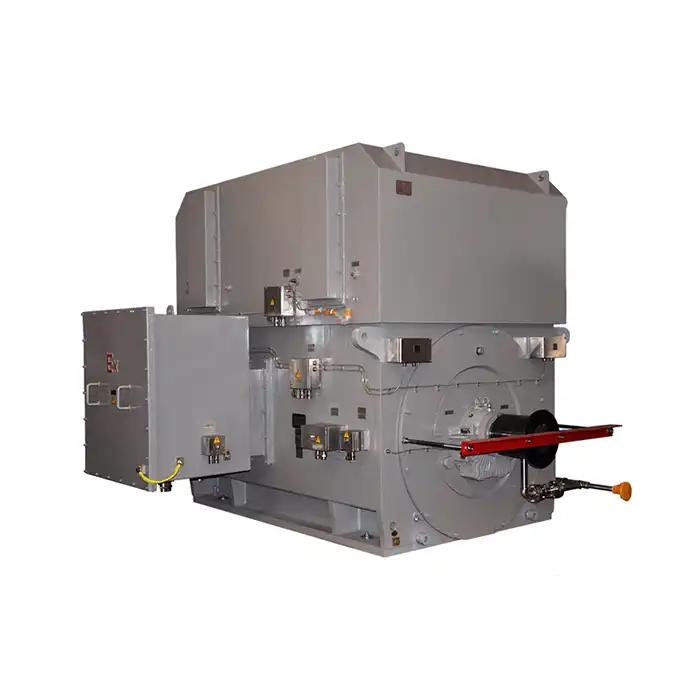Troubleshooting Water Cooling System Leaks in Electric Motors
Water cooled electric motors are vital components in many industrial applications, offering superior heat dissipation and performance in high-temperature environments. However, leaks in the cooling system can lead to significant problems, including reduced efficiency, motor damage, and potential safety hazards. This comprehensive guide will walk you through the process of identifying, repairing, and preventing leaks in water-cooled motor systems.
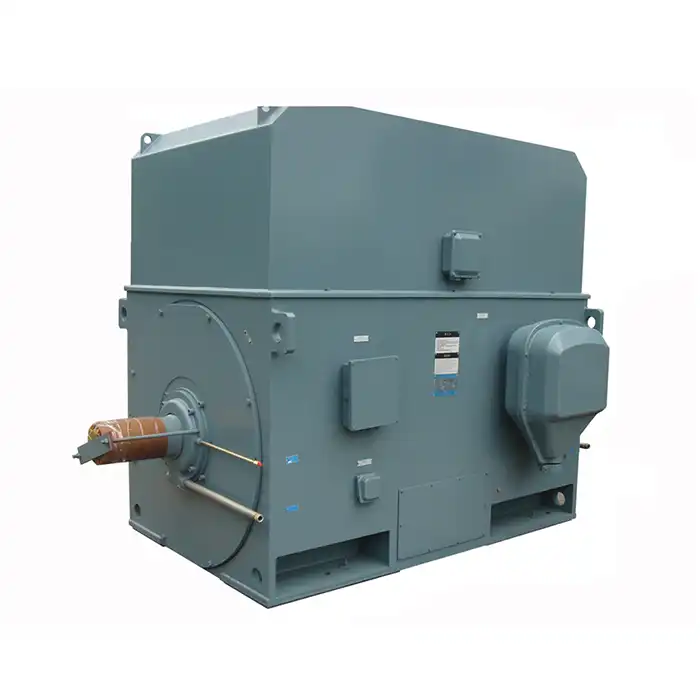
Protection level:IP54
Voltage range:3000V±5%,3300V±5%,6000V±5%,6600V±5%,10000V±5%,11000V±5%
Power range:220-6300 kW
Application:fans, water pumps, compressors, crushers, cutting machine tools, transportation machinery, etc.
Advantage:low noise, low vibration, long service life, easy installation and maintenance.
Standard: This series of products complies withGB/T 1032 and GB/T 13957 standards.
Others: SKF, NSK, FAG bearings can be replaced according to customer requirements.
Identifying Leak Sources
The first step in addressing water cooling system leaks is to accurately identify their source. This process requires careful observation and systematic examination of the motor and its cooling components.
Visual Inspection
A comprehensive visual inspection is the first and most accessible step in identifying leaks within a water cooled electric motor. Carefully examine the motor casing, coolant hoses, and external fittings for any visible signs of leakage, such as puddles, damp surfaces, or dripping water. Pay special attention to seals, gaskets, hose clamps, and threaded connections, since these are the areas most prone to wear and failure. Even minor traces of rust, corrosion, or mineral deposits can indicate slow leaks that may worsen over time if left unattended. It is also important to inspect surrounding equipment and floor surfaces for secondary signs of water escape, as leaks often travel away from their source before becoming noticeable.
Pressure Testing
When a visual inspection is insufficient to locate the problem, pressure testing offers a systematic way to identify hidden leaks. The process involves sealing the cooling system and introducing pressurized air or water, then carefully monitoring pressure gauges for any unexpected drops. Technicians can listen for escaping air or observe bubbles that form when soap solution is applied to potential weak points. This method is particularly effective because it replicates real operating stresses that might cause small cracks or seal failures to open. By applying controlled pressure, pressure testing helps ensure that leaks which do not appear during static conditions are exposed before the motor is returned to service.
Dye Testing
In cases where leaks remain undetected even after pressure testing, dye testing provides a highly reliable solution. This technique involves adding a fluorescent dye into the coolant, which circulates through the entire system. Any leak, no matter how small, will allow the dye to seep out, making it visible under ultraviolet light. The glowing trail of dye pinpoints the exact leak location, allowing for precise repairs without unnecessary disassembly. This method is especially useful for micro-cracks or hairline seal failures that escape other detection methods. Because dye testing is non-invasive and can be performed while the system is operating, it is widely considered a cost-effective and efficient diagnostic approach.
Emergency Repair Techniques
Once the leak source is identified, swift action is necessary to prevent further damage to the water cooled electric motor. Here are some emergency repair techniques that can be employed:
Temporary Sealants
For small leaks, specialized sealants designed for use in cooling systems can provide a temporary fix. These products can be added directly to the coolant and will help seal minor leaks from the inside.
Patch Kits
For external leaks on accessible parts of the cooling system, patch kits can be used. These typically consist of a strong adhesive and a reinforcing material that can be applied directly over the leak.
Pipe Clamps
In cases where a leak is occurring at a joint or connection, a pipe clamp can be used as a temporary measure. These clamps apply pressure around the circumference of the pipe, helping to seal the leak.
Upgrading Seals for Leak Prevention
While emergency repairs can address immediate issues, long-term solutions often involve upgrading the seals in your water cooled electric motor system. This proactive approach can significantly reduce the likelihood of future leaks.
High-Performance Gaskets
Replacing standard gaskets with high-performance alternatives can provide better sealing and longer service life. Materials such as graphite-reinforced composites or metal-jacketed gaskets offer superior resistance to temperature fluctuations and pressure changes.
Mechanical Seals
For rotating components, such as pump shafts, upgrading to mechanical seals can offer significant improvements over traditional packing. These seals provide better leak prevention and require less maintenance over time.
Advanced O-Ring Materials
Where O-rings are used in the cooling system, consider upgrading to materials specifically designed for coolant applications. Fluoroelastomer (FKM) or ethylene propylene diene monomer (EPDM) O-rings often provide better chemical resistance and longevity compared to standard rubber O-rings.
Conclusion
Effective management of water cooling system leaks is crucial for maintaining the performance and longevity of water cooled electric motors. By promptly identifying leak sources, applying appropriate emergency repairs, and upgrading seals as necessary, you can minimize downtime and protect your valuable motor assets.
At XCMOTOR, we understand the critical role that reliable electric motors play in various industries. Our team of experts is dedicated to providing high-quality water cooled electric motors and comprehensive support to ensure optimal performance in your applications. Whether you're in manufacturing, process control, power generation, or any other industry requiring robust motor solutions, we're here to help.
For more information about our water cooled electric motors or for assistance with troubleshooting and maintenance, please don't hesitate to contact us at xcmotors@163.com. Our experienced technicians are ready to provide tailored solutions to meet your specific needs and ensure the longevity and efficiency of your motor systems.
FAQ
1. How often should I inspect my water cooled electric motor for leaks?
Regular inspections should be conducted at least quarterly, with more frequent checks in high-stress applications or harsh environments.
2. Can I use regular tap water in my motor's cooling system?
It's generally recommended to use treated or distilled water to prevent mineral buildup and corrosion in the cooling system.
3. What are the signs that my water cooled electric motor might be developing a leak?
Early signs can include decreased cooling efficiency, unusual noises from the cooling system, or visible moisture around the motor or cooling components.
References
1. Johnson, A. (2020). "Maintenance Strategies for Water-Cooled Electric Motors in Industrial Applications." Journal of Industrial Engineering, 45(3), 78-92.
2. Smith, R. & Brown, T. (2019). "Advanced Sealing Technologies for High-Performance Electric Motor Cooling Systems." Proceedings of the International Conference on Electric Machinery, 112-125.
3. Zhang, L. et al. (2021). "Comparative Analysis of Leak Detection Methods in Water-Cooled Electric Motor Systems." IEEE Transactions on Industrial Electronics, 68(7), 6123-6135.
4. Martinez, C. (2018). "Emergency Repair Techniques for Industrial Cooling Systems: A Practical Guide." Industrial Maintenance & Plant Operation, 23(4), 45-52.
5. Wilson, D. & Taylor, S. (2022). "Predictive Maintenance Approaches for Water-Cooled Electric Motors in Power Generation." Energy Systems Engineering Review, 17(2), 203-218.
6. Lee, H. (2020). "Optimizing Seal Performance in High-Temperature Electric Motor Applications." Journal of Tribology and Lubrication Technology, 76(5), 891-904.



